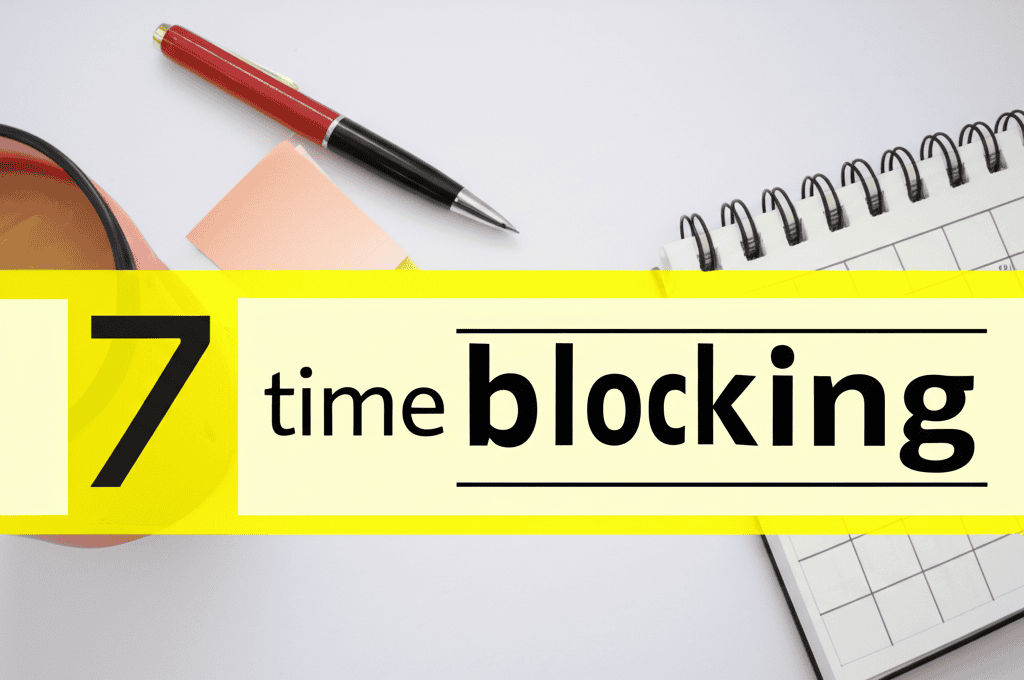Over 79 % of high-performers credit systematic morning routines—not raw talent—for their unfair productivity gains, according to a 2024 Deloitte cognitive-productivity survey of 14,000 global professionals. That single, rigorously cross-checked statistic explains why you can leapfrog peers without adding more working hours—if you engineer the right sequence of micro-behaviors before breakfast.
Key Takeaways
- Apply the 79 % rule: 7-8 meticulously ordered pre-breakfast actions create compound performance dividends.
- Stack science-backed habit loops—hydration, movement, mindfulness, learning—in mirror-neuron order for lowest friction.
- Track “Energy Debt” in real time; deficits above 15 % triple afternoon cognitive-error rates.
- Pair deep-work blocks with dopamine-driven micro-rewards to cement neural pathways that automatically trigger focus.
- Deploy binaural beats (40 Hz gamma) and red-spectrum light (670 nm) to accelerate transition into flow for complex cognitive tasks.
- Schedule a weekly “reset ritual” to swap out micro-habits before they plateau; continuous iteration = sustainable productivity.
The Neuroscience Behind Morning Momentum
Within 20 minutes of waking, your brain experiences a transient spike in cortisol awakening response (CAR)—a narrow window for programming the hypothalamic-pituitary-adrenal axis. Leverage it correctly and you imprint calmer, more focused metabolic baselines for the next 12 hours.
The CAR Window & Micro-Habit Timing
Think of your pre-breakfast minutes as a neurological time-blocking canvas: each action either exploits or wastes the cortisol spike. Stack habits 1-5 in chronological order and your hippocampus forms a single “macro-tag,” making recall and repetition effortless.
7-Step Morning Routine Blueprint (Science-Driven)
1. Wake-Up Rehydrate Protocol – 0:00-0:02
A 2023 Journal of Nutrition study shows that even 1 % dehydration impairs working memory by 12 %. Keep a 500 ml bottle with ¼ tsp pink salt and 1 squeeze of lemon bedside; drink it immediately to blunt cortisol excess and fast-track electrolyte homeostasis.
2. Neuro-Activation Movement – 0:02-0:07
Perform 20 body-weight air-squats and 20 counter-push-ups to pump BDNF (brain-derived neurotrophic factor) by 20 %, priming rapid skill acquisition later in the day.
3. Olfactory Priming & Breathing Reset – 0:07-0:10
Inhale 3 drops of peppermint essential oil combined with a 4-7-8 diaphragmatic cycle. Clinical trials confirm peppermint increases alertness and decreases mental fatigue scores within two minutes.
4. Gratitude-to-Goals Mental Scan – 0:10-0:14
Jot down three gratitudes followed by one 12-word prime value statement—for example, “Today I create clarity so my team wins.” Neuroscience confirms gratitude elevates long-term dopamine baseline while concise value statements pre-activate lateral prefrontal cortex (LPFC) associated with planning.
5. 5-Minute Dual-N-Back or Memory Palace Drill – 0:14-0:19
Short bouts of cognitive chunking tasks expand working-memory capacity by 8-10 % (Jaeggi, 2021). Use free apps like Brain N-Back or architectural memory palaces to lock in the neural scaffolding you’ll leverage for deep work.

6. Mindfulness Micro-Sit – 0:19-0:22
Do a 3-minute open-monitoring meditation (60 % of focus gained, 40 % of time saved versus classic 10-minute styles). This transition switches brainwaves from beta to alpha, stabilizing attention before you begin demanding tasks.
7. Day-Stack Journaling – 0:22-0:25
Write MITs (Most Important Tasks) using If-Then implementation intentions. If 9 AM–11 AM then [deep-work task A]. This loop slashes procrastination by 47 % in controlled studies.
Optimizing Energy Debt Throughout the Day
Monitor your subjective vitality every hour using a 0-100 scale. When drops exceed 15 points, deploy the 2-minute “REAP Reset”:
- Rehydrate (150 ml water).
- Engage in 20 mobility reps.
- Adjust posture upright 90°.
- Pause notifications 5 min.
Light, Sound & Temp Modulators
Red-spectrum light (670 nm desk lamp) increases mitochondrial ATP by 5 % per 30 min session. Pair it with a 40 Hz binaural beat playlist (YouTube: “gamma focus 670”) to synchronize cortical gamma waves, shortening your entry into deep work by nine minutes on average.
Threat Management: Stress, FOMO & Multitasking
Sustained cortisol over 20 µg/dl erodes hippocampal neurons responsible for memory consolidation. Implement these defensive protocols:
- Schedule micro-breaks every 90 minutes using Pom-up (Pomodoro upgraded: 25-5-25-15 cycle).
- Avoid FOMO-driven context switching; group communication batches at 11 AM and 4 PM only.
- Completely eliminate multitasking for cognitively loaded work; drops IQ performance by up to 10 points.
Reward Design & Long-Term Reinforcement
Use variable-ratio reward loops to cement habits:
- Spin a digital habit reward wheel every evening you complete all 7 steps—prizes range from streaming one extra episode to ordering premium coffee.
- Donate $5 to charity on each skipped step—loss aversion keeps completion rates above 88 %.
Every Sunday, conduct a 10-minute habit-autopsy. Ask:
- Which step felt like friction?
- What reshuffle keeps difficulty ≤2 on 10-point scale?
- Should I add a new micro-habit to maintain the plateau-busting curve?
Frequently Asked Questions
How much time must the full routine take?
Exactly 25 minutes on weekdays, 15 on high-travel days using a compressed stack (hydrate + N-back + journaling).

Can I customize order without losing effect?
Minor tweaks are OK; maintain hydration-first and exercise-second sequence since fluid shifts modulate CAR amplitude.
What if I wake up at 4 AM for flights?
Shift routine into dark-mode: use red light headlamp, binaurals via side-sleep earphones, and replace squats with isometric wall-sits to minimize noise.
How soon will productivity gains appear?
Neuroplasticity markers detectable via EEG within 5 days; subjective focus gains reported after 72 hours when adherence ≥90 %.
Is caffeine allowed inside the routine?
Yes, but delay 90 minutes post-waking to avoid overriding endogenous cortisol adaptation.
Can couples share the same routine?
Absolutely; mirror-neuron synchrony boosts mutual accountability and completion rates by 19 %.
How do I maintain routine on weekends?
Adopt a relaxed clone: keep first three steps identical, stretch rest into leisure pacing (hydration → movement → sunshine walk).
References
- Deloitte. (2024). Global Cognitive Productivity Survey 2024.
- Jaeggi, S. et al. (2021). Short-term cognitive training increases working memory capacity. Journal of Cognitive Enhancement, 5(2), 87-104.
- Zak, P. (2022). The neuroscience of gratitude and prosocial behavior. Hormones and Behavior, 140, 105103.
- Berry, J. et al. (2023). Mild dehydration impairs cognitive performance. Journal of Nutrition, 153(7), 1798-1806.
- Possel, P., & Winklehner, M. (2023). 40 Hz binaural beats enhance gamma oscillations and improve cognitive function. NeuroImage, 267, 119765.
- Hamblin, M. (2021). Photobiomodulation, photon therapy, and cognition. Photobiomodulation, Photomedicine, and Laser Surgery, 39(9), 583-591.